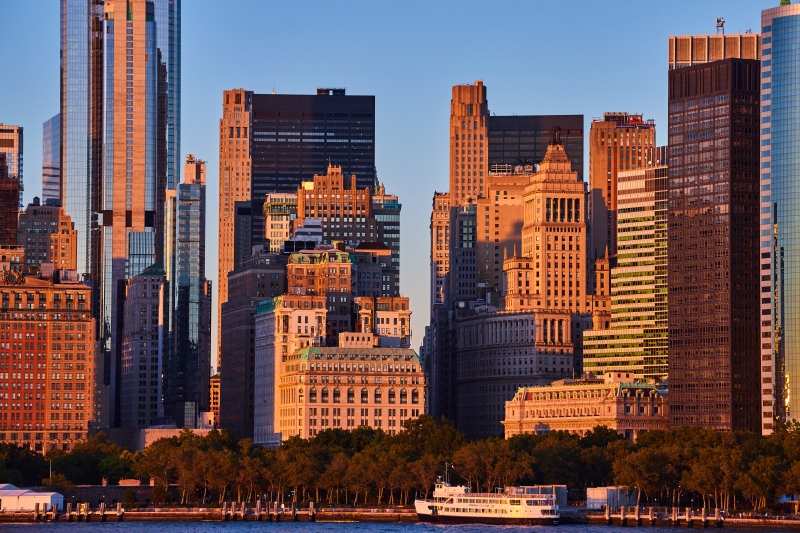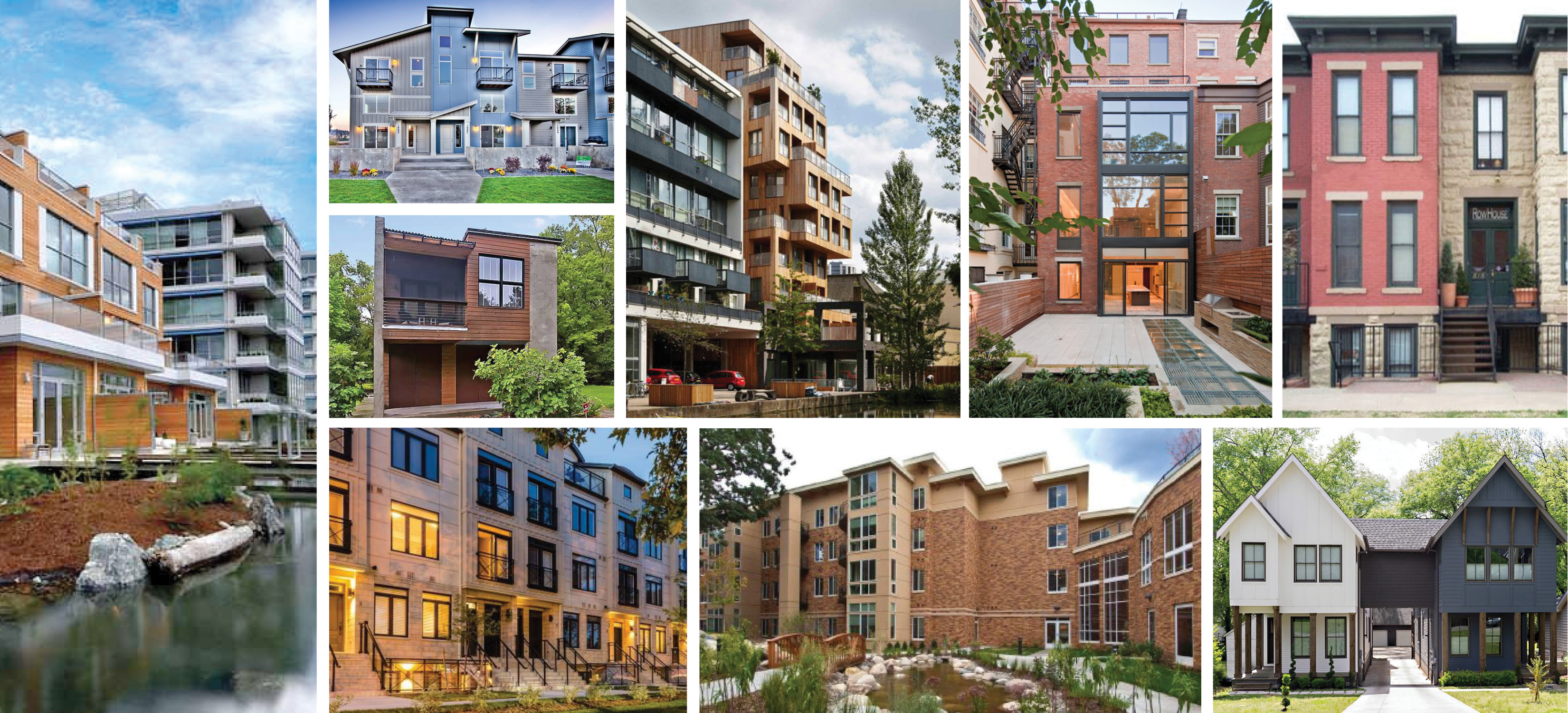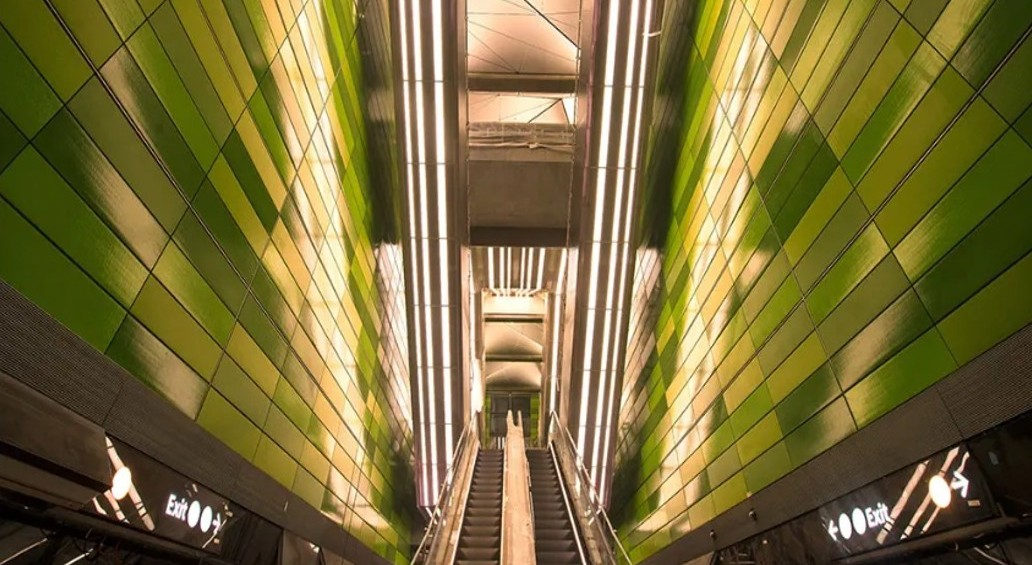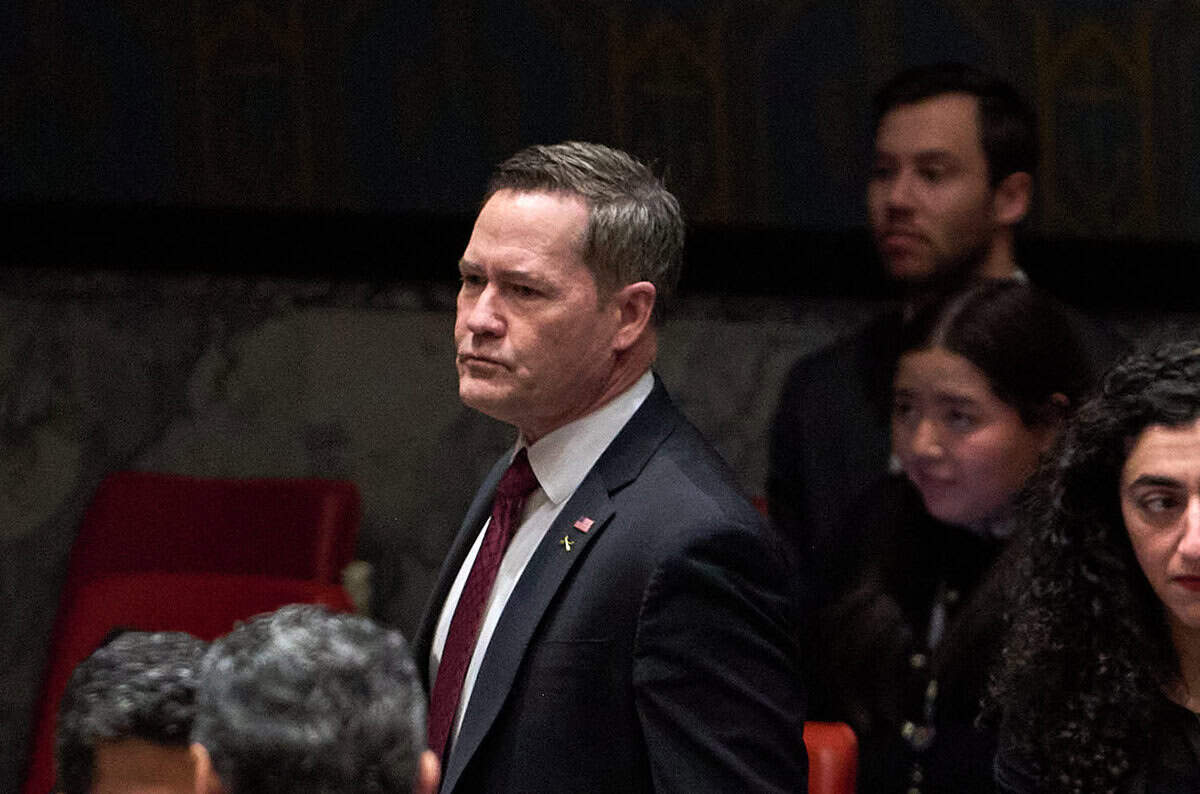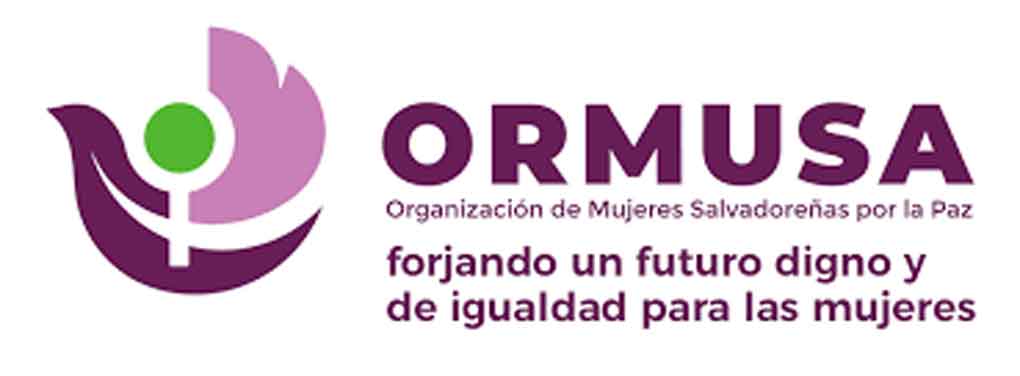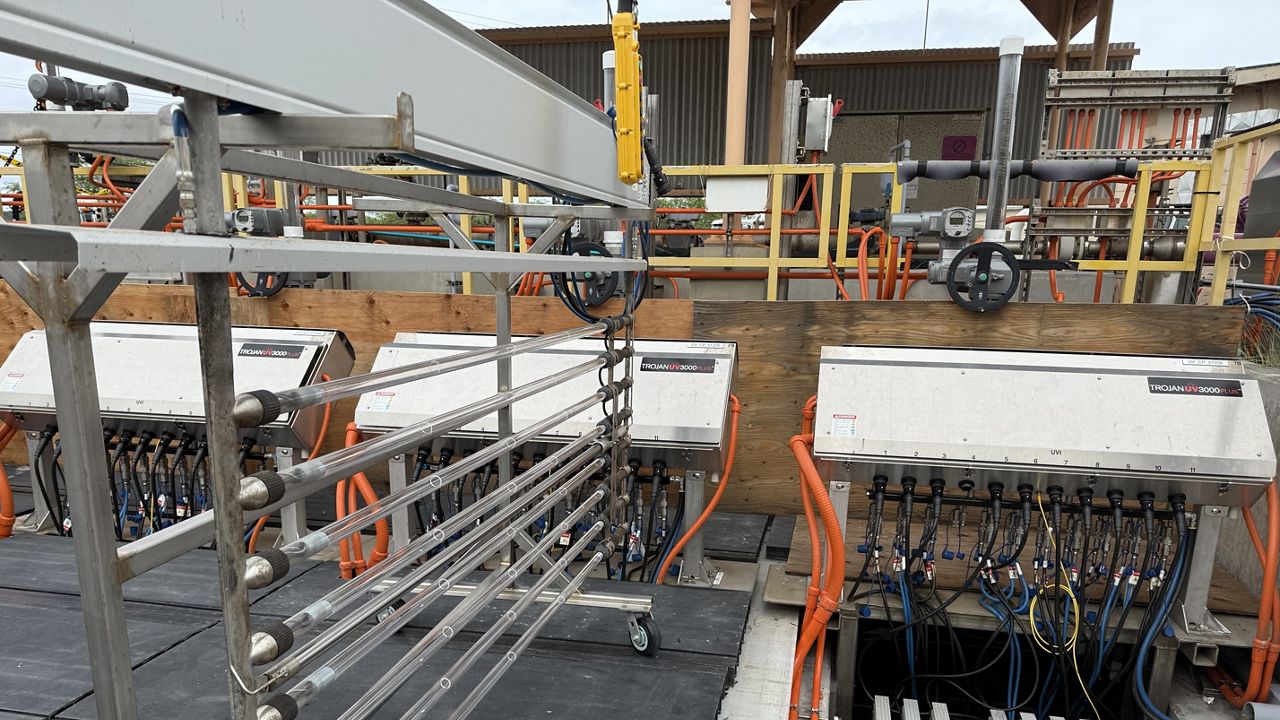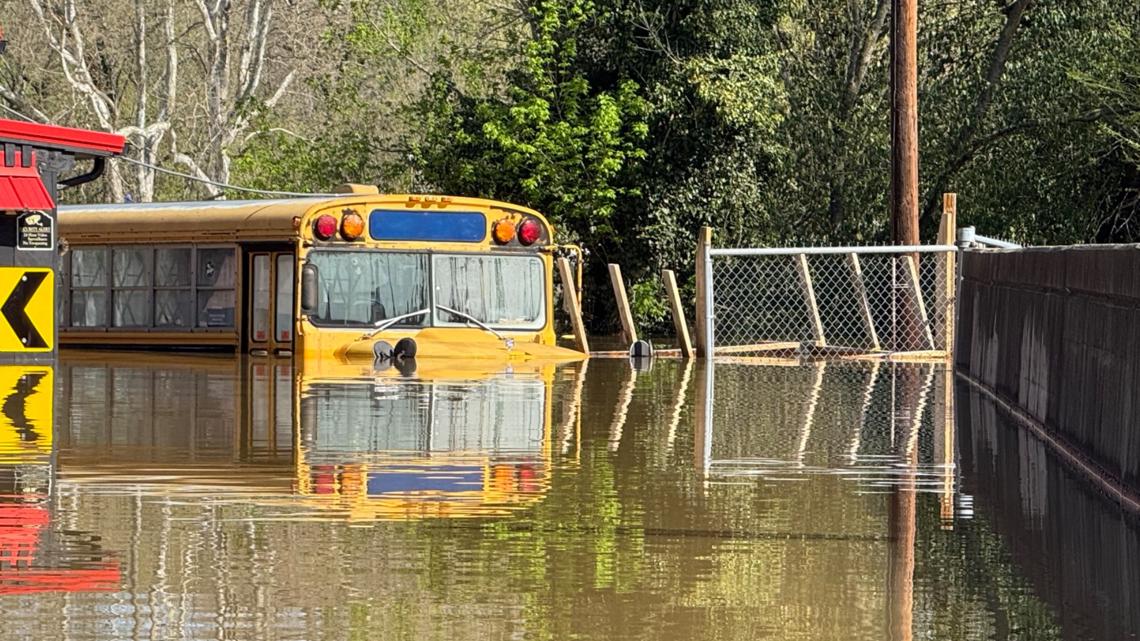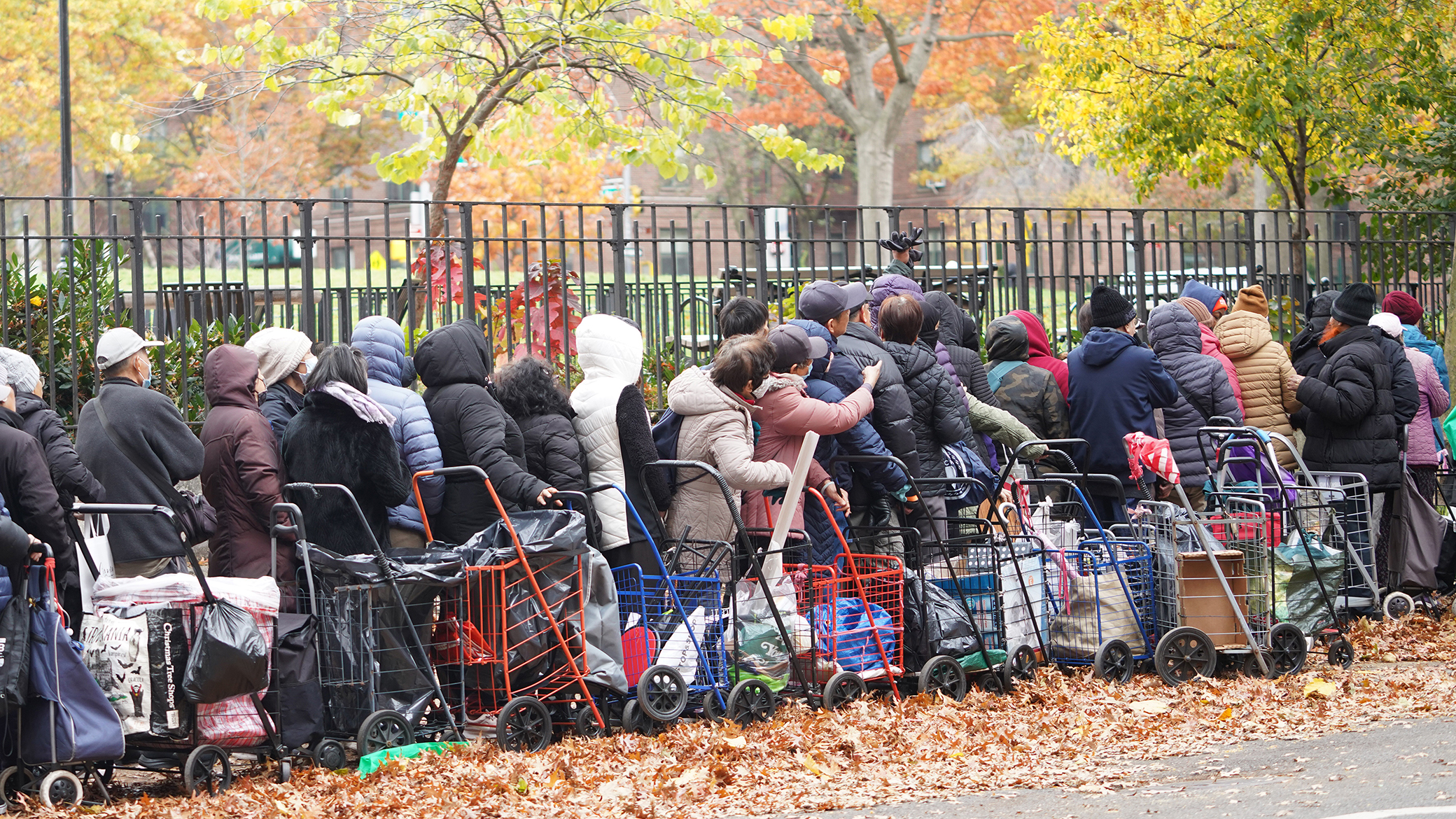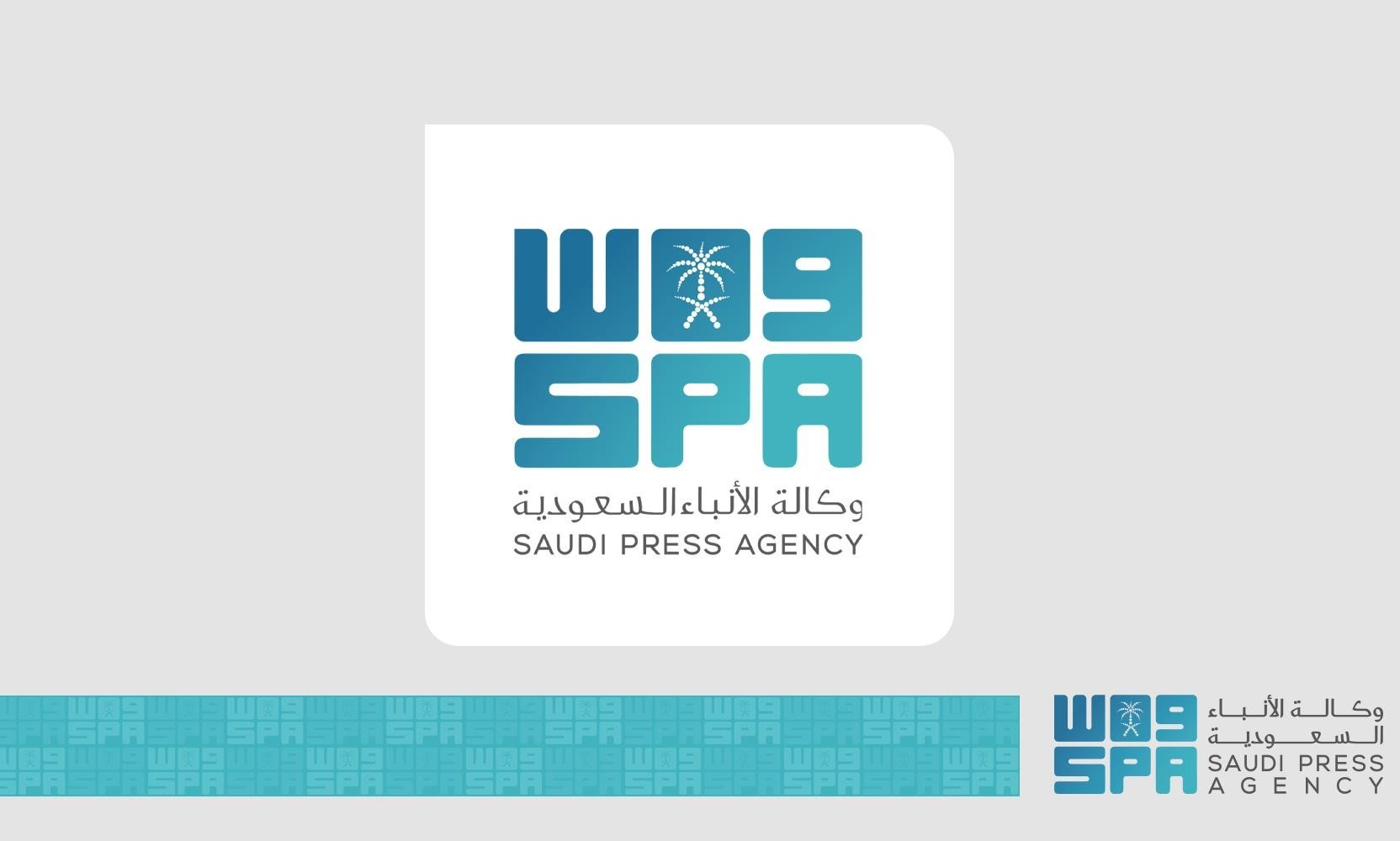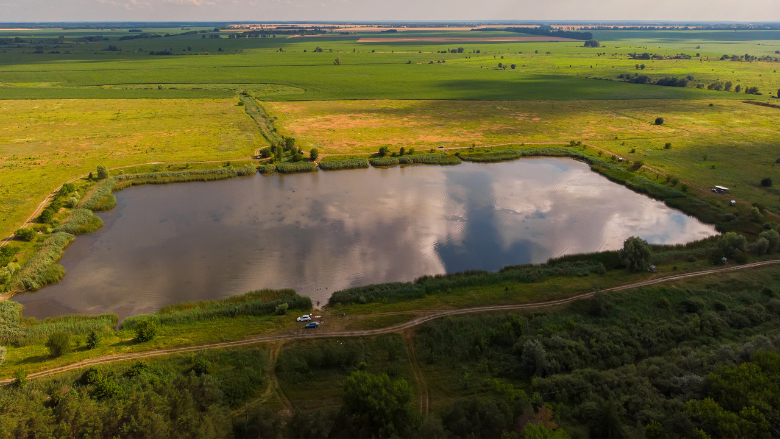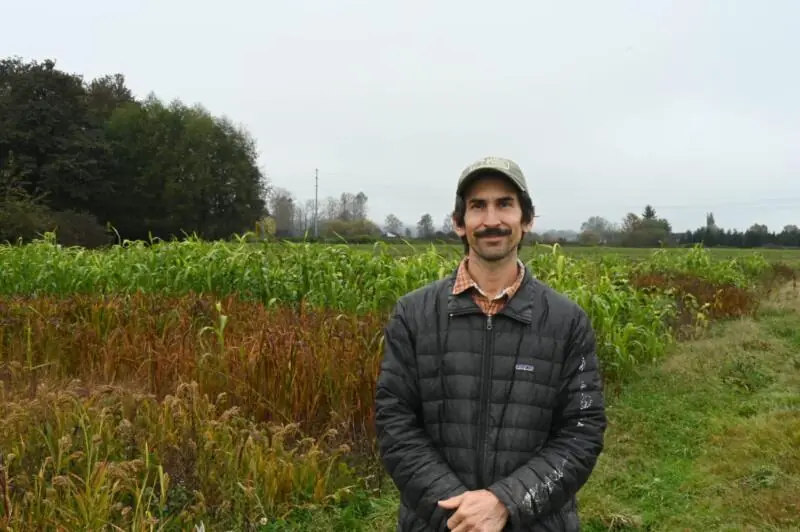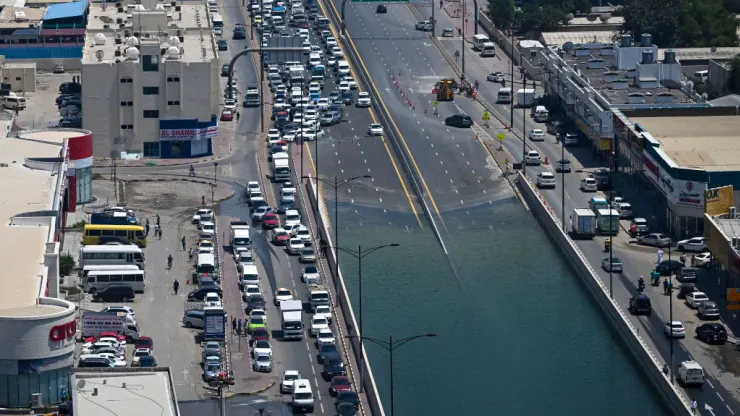Interview: Jarunee Khongswasdi, Bringing Culture to COP28
Jarunee obtained a Master of Arts in Cultural Management (International Program) from Chulalongkorn University, Bangkok. She has been managing Siamese Heritage Trust (SHT) of The Siam Society Under Royal Patronage since 2010. Her major responsibility is promoting better management of Thailand's cultural heritage through educational programs, domestic and international networking, and advocacy programs. Currently, she is focusing on a project of "Chiangmai's Heritage Protection and Transmission", and forming a digital alliance of Southeast Asian civil society organisations for cultural heritage.
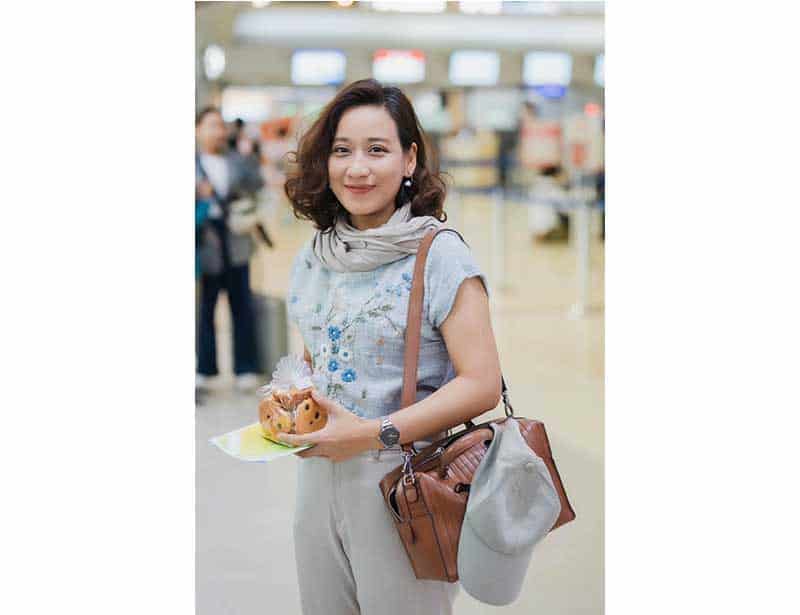
1. Tell us about The Siam Society Under Royal Patronage and its mission
In the early 20th century, Bangkok was crowded with foreign expats, but there were no places where people could learn about Thai and Southeast Asian civilization.
Thai and foreign scholars in Bangkok at that time founded 'The Siam Society' in 1904 with a mission to promote knowledge of Thailand's culture, history, arts, and natural sciences and those of neighboring countries. The Society’s activities are guided by its motto: “Knowledge Gives Rise to Friendship.”
From then to now, almost 120 years, the Siam Society has continued the same mission by expanding the scope of works to evolve with the members' new subjects of interest. Our major activities and services include publishing two journals, The Journal of the Siam Society (JSS) and the Natural History Bulletin (NHBSS), conducting lecture and study trip programs, and conducting cultural exchange programs.
The Siam Society library was recognized as an “Outstanding Specialist Library” by the Thai Library Association in 2014, it opens for both members and non-members. We also own a Northern Thai House Museum called Kamthieng House, which represents one of the finest traditional buildings with low-carbon cultural heritage and tells the story of the Northern Thai people's way of life. The museum will be closed from the end of this year to October 2024 for a major restoration.
Apart from the knowledge exchange programs, The Siam Society also works on cultural heritage advocacy through the Siamese Heritage Trust section which I am in charge of. We raise public awareness of cultural heritage issues through panel discussions, partnerships with media, proposing the revision of outdated cultural heritage laws, and campaigning for the review of some inappropriate projects that will have negative impacts on cultural heritage/landscapes.
Learn more about the Siam Society Under Royal Patronage at https://thesiamsociety.org/
2. Tell us about how you personally got involved with this organization and your work at this organization
My first visit to the Siam Society was around 2010, when a friend invited me to listen to classical music there. I was impressed by its tranquil atmosphere in the heart of Bangkok city and I learned more about what the Siam Society is doing and found we share the same core values. I looked for opportunities to do something at the Siam Society.
Soon after I received my MA in Cultural Management program in 2011 from Chulalongkorn University, I got good news from my professor that The Siam Society Under Royal Patronage was opening a new section for cultural heritage protection. I did not hesitate to apply for this job, and I am sure to be working happily with the civil society organization as it will be more dynamic and challenging.
I love to work on protecting 'cultural heritage' because it contains people's memories, good and bad, inside.
It contains knowledge of people in the past and stories that they were facing, and it provides room for connections between people of yesterday and tomorrow. Protecting cultural heritage is protecting social history, knowledge, and people's memories.
My section, Siamese Heritage Trust, realized that Thailand’s cultural heritage often faces threats from neglect, lack of funding, commercial encroachment, and inefficient management. The Siamese Heritage Trust aims to raise the visibility of cultural heritage management as a national issue of general public interest. We highlight issues and problems, both tangible and intangible, and generate ideas on how heritage management can be improved. Our scope of interest covers the entire kingdom, focusing on vernacular and community culture and cultural landscapes.
Siam Heritage Trust focuses its work on four areas: knowledge, education, advocacy, and networking. Programmes under these four areas include public conferences, lectures, study trips, seminars, publications, media opinion pieces, workshops, and training courses. Some of our ongoing projects include publishing 'Heritage Matters' monthly column in cooperation with Bangkok Post and The Standard and developing the 'Siamese Heritage Trust Knowledge Hub', a database of heritage partners in Thailand. The founding of the section has made The Siam Society a leader in cultural heritage protection in Thailand.
Please read more about it here.
However, my current role also covers monitoring SEACHA's activities, namely its Cha-Time monthly talk, and its role in addressing 'Cultural Wisdom' for Climate Action as SEACHA Secretariat. Therefore, whenever opportunities come, I will bring this subject to new audiences and invite them to become our supporters or partners. I also see the necessity of incorporating the cultural wisdom for climate actions into Siamese Heritage Trust's working context in the coming year.
3. Which countries does Siam Society operate in
We have only one office in Bangkok, but our scope of work covers Southeast Asian countries and more.
We are open to new collaborations with new like-minded partners in SEA and other regions.
4. Which organizations does Siam Society collaborate with
We have partners around the world. You can find some of them on this webpage.
To be included on this webpage are Climate Heritage Network, International National Trusts Organisation, Petra National Trust, Europa Nostra, and Julie's Bicycle.
5. Thailand, with its breathtaking natural beauty, ornate temples, ruins of ancient kingdoms, and tropical landscapes, is a land of art, culture, and beauty. Tell us about the elements that shaped Thailand's art and culture.
Thailand's rich tapestry of art and culture is a harmonious interplay of various elements deeply rooted in its climate, belief systems, social structure, and shared culture with its neighboring countries.
In this tropical climate, our ancestors tried wrong and right ways over and over again to adapt themselves until they could stay well in this climate, and it became our culture, our way of life. Characterized by distinct wet and dry seasons, the climate has not only influenced agricultural practices but has also shaped the artistic endeavors of the Thai people. Traditional art forms often depict the vibrant flora and fauna unique to the region, showcasing a profound connection between the artistic heritage and the natural surroundings.
Thai culture, deeply influenced by Theravada Buddhism, contributes significantly to the ornate temples and ruins of ancient kingdoms that dot the landscape. The belief systems play a pivotal role in Thai art's meticulous craftsmanship and intricate details, reflecting the Tri-bhumi cosmology.
Thai art is not a standalone creation but rather a mosaic woven with influences from various neighboring kingdoms and cultures, from Khmer, Indian, Chinese, and European sources. This amalgamation of diverse elements has given rise to a unique and distinctive artistic tradition that reflects the richness of Thailand's historical and cultural connections with its neighbors and beyond.
The social structure of Thailand, historically marked by a monarchy and a hierarchical society, has influenced the patronage of the arts. Royal support has been instrumental in preserving and promoting traditional arts and crafts.
In essence, Thailand's art and culture are a testament to the symbiotic relationship between its climate, belief systems, social structure, and shared culture and they are in the good hands of Thailand's cultural authority to preserve and promote the study of them.
However, Thailand has not only beautiful temples and ancient monuments but also living communities of people of different beliefs and cultures.
They are the caretaker of uncountable valuable vernacular traditions and built heritages that are vulnerable to the encroachment of land development. Siamese Heritage Trust is promoting the betterment of Cultural Heritage Management that focuses on the vernacular heritage.
6. Tell us about the Siam Society’s programming as part of SEACHA for Culture at COP28
The Siam Society is the Co-Chair of the working committee on 'Culture for Climate Change' alongside SEACHA, Petra National Trust, and Climate Heritage Network.
Ms. Moe Moe Lwin is the representative from The Siam Society /SEACHA as the Co-Chair. We promote the Call to Action campaign to Thailand and Southeast Asian audiences. We invite non-state parties to support the Call to Action. We informed our cultural authority to be prepared for the newly created GFCBCA and the first-ever cultural ministerial meeting at COP.
We act as event organizers, fundraisers, and program coordinators for the side events.
7. Tell us about the Siam Society’s collaboration with Climate Heritage Network
We have been a member of the Climate Heritage Network for several years. We have been trying to join some of the working group meetings.
However, because of the time difference, we did not participate with CHN's working group meetings as much as we would like to.
The engagement with COP28 opens up the way we can really work together for the first time. Thanks to Mr. Andrew Potts, who attended our Conference on "Cultural Wisdom for Climate Action: The Southeast Asian Contribution" in January this year. Thanks for his trust that we are the right network to work with to bring SEA cultural voices to COP28.
8. Tell us about Siam Society’s collaboration with Petra Institute
This is also the first time that we have collaborated with Petra National Trust.
I do believe that working together on such an important project will lead us to fruitful and uncountable collaborations in the future.
9. Anything else you would like to add
Personally, I have a special interest in intangible culture, such as belief and traditional practices.
Recently, I have an article published in the Journal of the Siam Society on "Community Forests as Intangible Cultural Heritage and the Community Forest Act of 2019" Vol. 110 no.1 (2022). You can read the article here.
I also would like to promote a book, which is a proceedings of The Siam Society/SEACHA Conference on "Cultural Wisdom for Climate Action: The Southeast Asian Contribution," conducted on 12-14 January 2023.
Just scan the QR Code, and you will find good articles telling how cultural wisdom can be used as a tool for climate actions.
10. How can people reach you
LinkedIn
Jarunee@thesiamsociety.org
What is Your Reaction?
 Like
1
Like
1
 Dislike
0
Dislike
0
 Love
0
Love
0
 Funny
0
Funny
0
 Angry
0
Angry
0
 Sad
0
Sad
0
 Wow
0
Wow
0
